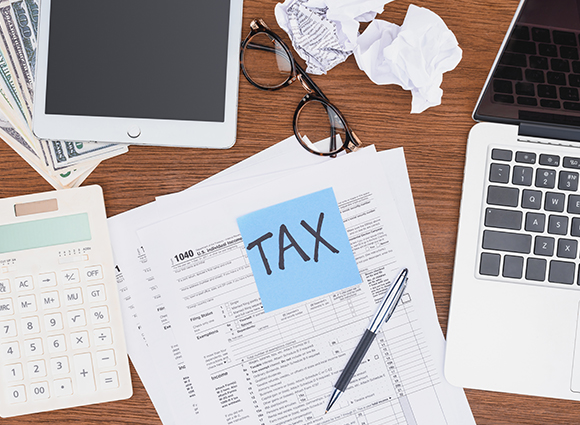
Answers to Questions You May Have About Economic Impact Payments
Millions of eligible Americans have already received their Economic Impact Payments (EIPs) via direct deposit or paper checks, according to the IRS. Others are still waiting. The payments are part of the Coronavirus Aid, Relief, and Economic Security (CARES) Act. Here are some answers to questions you may have about EIPs.
Who’s eligible to get an EIP?
Eligible taxpayers who filed their 2018 or 2019 returns and chose direct deposit of their refunds automatically receive an Economic Impact Payment. You must be a U.S. citizen or U.S. resident alien and you can’t be claimed as a dependent on someone else’s tax return. In general, you must also have a valid Social Security number and have adjusted gross income (AGI) under a certain threshold.
The IRS also says that automatic payments will go to people receiving Social Security retirement or disability benefits and Railroad Retirement benefits.
How much are the payments?
EIPs can be up to $1,200 for individuals, or $2,400 for married couples, plus $500 for each qualifying child.
How much income must I have to receive a payment?
You don’t need to have any income to receive a payment. But for higher income people, the payments phase out. The EIP is reduced by 5% of the amount that your AGI exceeds $75,000 ($112,500 for heads of household or $150,000 for married joint filers), until it’s $0.
The payment for eligible individuals with no qualifying children is reduced to $0 once AGI reaches:
- $198,000 for married joint filers,
- $136,500 for heads of household, and
- $99,000 for all others
Each of these threshold amounts increases by $10,000 for each additional qualifying child. For example, because families with one qualifying child receive an additional $500 Payment, their $1,700 Payment ($2,900 for married joint filers) is reduced to $0 once adjusted gross income reaches:
- $208,000 for married joint filers,
- $146,500 for heads of household,
- $109,000 for all others
When should I expect to receive the funds?
The IRS made the first round of payments in mid-April, in the form of a direct deposit to individuals who filed tax returns in 2018 and/or 2019. The next rounds of payments will be as follows:
- By the end of April – Social Security beneficiaries who did not file tax returns in 2018 or 2019 and receive their benefits via direct deposit
- The week of May 4 – the IRS will begin issuing paper checks to individuals, at a rate of approximately 5 million per week, which could take up to 20 weeks to distribute all the checks. The checks will be issued in reverse order of adjusted gross income, with the lowest income earners first.
Is there a way to check on the status of a payment?
The IRS has introduced a new “Get My Payment” web-based tool that will: show taxpayers either their EIP amount and the scheduled delivery date by direct deposit or paper check, or that a payment hasn’t been scheduled. It also allows taxpayers who didn’t use direct deposit on their last-filed return to provide bank account information. In order to use the tool, you must enter information such as your Social Security number and birthdate. You can access it here: https://www.irs.gov/coronavirus/get-my-payment
Is there a way to expedite my payment?
Providing the IRS with numbers to your bank account for funds to be direct deposited is the fastest way to receive your payment. If you have already filed your 2018 and 2019 returns but did not provide bank account information for direct deposit, use the “Get My Payment” application on the IRS website to provide your bank account numbers. Individuals who are not required to file tax returns for 2018 and 2019 are able to complete the new Simple Tax Return recently released by the IRS. This tool will require some basic information, which will allow the funds to be direct deposited.
The IRS is encouraging taxpayers to file their 2019 returns as quickly as possible to expedite this process.
This content was created during a snapshot in time and should be relied upon as such. Legislation and guidance continue to change as we progress through the current fluid environment and the information may not be applicable at a later date. All content and materials are for general information purposes only. If you have questions regarding your specific situation, please contact us.



